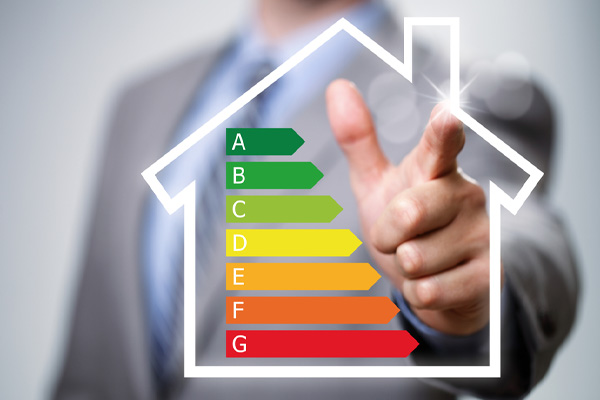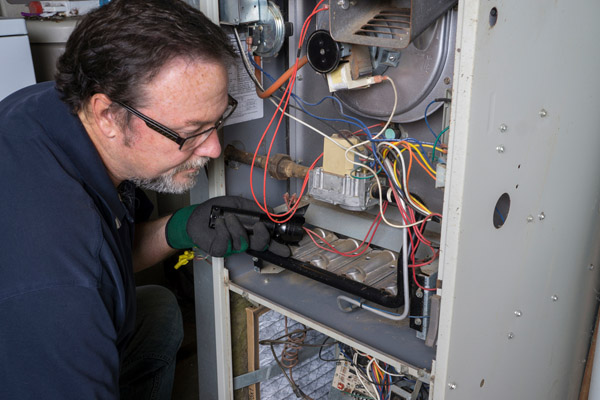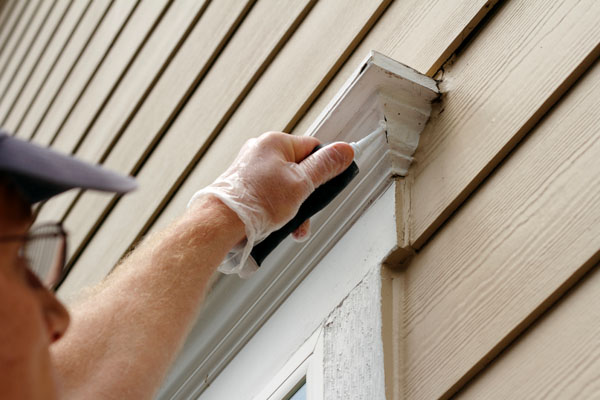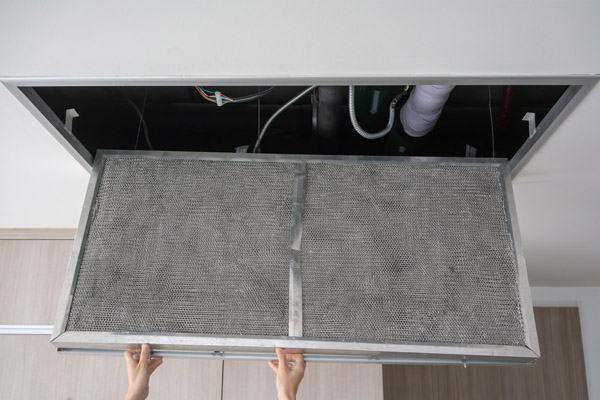Reducing Your Carbon Emissions Through High-Efficiency Heating Systems

Carbon emissions are commonly used as the standard for success when discussing projects that are environmentally friendly. Carbon emissions are a reference to the CO2 gas or carbon dioxide – which is the very same compound produced by animals and plants during respiration. It is also the compound released into the air and ultimately our atmosphere by our heating systems. Even though this is a necessary part of the heat generation process, continuing to use a heating system that has a low-efficiency rating is actually more problematic than beneficial. This is a system that’s going to cost you a lot more later on due to essential parts replacements and repairs. The good news is that you can upgrade to a high efficiency heating system that’s capable of providing optimum security, comfort, and safety.
Using A High-Efficiency Heater To Limit Your Environmental Impact
Contents
One major contributor to the carbon emissions accumulating within the atmosphere is your heater. To do your part in lowering these emissions, the most effective strategy is to choose a high-efficiency central boiler or furnace. Annual fuel utilization efficiency or AFUE ratings is how the efficiency of heating systems is measured. An AFUE rating accounts for how well a heater or boiler is able to convert fuel into heat throughout a period of 12 years.
Another thing that a heater’s AFUE rating reflects is the ratio of its heat output versus fuel consumed. Furnaces are more efficient the higher their AFUE ratings are. For instance, if a heater has a 90 percent AFUE rating, it can use up to 90 percent of the fuel that it consumes for heat generation. Only 10 percent of the fuel that this heater uses will be released through the chimney or vent into the atmosphere.
Boilers and furnaces are given the highest AFUE ratings among all heating system types. Some of these units have AFUE ratings that are as high as 95 to 98 percent. The downside of installing them is that they are more pricey than boilers and furnaces that have lower AFUE ratings. However, you will spend a lot to operate it in the long run.
How To Identify A Heater With A High-Efficiency Rating
Many low-efficiency boilers and furnaces have AFUE ratings that fall between just 55 percent and 70 percent. These options also function with a continuous pilot light. They have a single, heavy heat exchanger, and a means for ensuring that combustible gases are flowing safely.
The AFUE ratings in moderately efficient boilers and furnaces typically range between 80 percent and 83 percent. Systems like these don’t generally come with pilot lights and have electric ignitions instead. They also have exhaust fans for airflow and gas regulation.
Conversely, a high-efficiency system will have a combustion component that’s sealed. It will additionally use two heat exchangers for condensing flue gases and boosting their efficiency.
Why Old Heating Systems Aren’t As Efficient

Irrespective of how well-made a heater is, age is guaranteed to catch up to it. Regular use causes ongoing wear. Even when you’re careful about maintaining your heater, some of its parts will get damaged and break over time, making repairs or even replacement necessary. Moreover, an old heater isn’t going to have the same technological advances behind its design and features for the increased efficiency that newer options boast. The models of today are built to be both better at generating heat and more reliable when it comes to overall fuel consumption.
Additional Methods To Lower Your Carbon Emission Levels
Once you’ve tackled the task of having a high-efficiency heating system installed in your home, you can take steps to further reduce your carbon footprint and continue lowering your energy bills like:
Eliminating Air Leaks Throughout Your Home

Air leaks are known for letting warm air seep out of the building and for letting cold air trickle in. Doors, joints, windows, holes, and cracks are common sources of air leaks in the home. Not having enough insulation or not having the right insulation is also an issue that needs to be addressed before winter comes rolling in and the outdoor temperatures drop. More often than not, issues with air leaks have very simple solutions, and the sooner that you spot these problems; the sooner your can start saving both energy and money.
Get Help From A Programmable Thermostat
You will get far better control over your indoor temperature with a programmable thermostat. The settings on your thermostat can be programmed for optimum efficiency where and when you need comfort the most. For instance, you can set your thermostat to drop the indoor temperature just before you leave for work and to raise it right before you come back home. You even have the ability to program your thermostat to shut the heater off automatically or continue running when you aren’t present.
Clean Or Replace Your Air Filters On A Regular Basis

HVAC systems cannot run efficiently when their air filters are dirty or completely clogged. Air filters collect small-sized particulates from the indoor air. As time goes on, they collect enough dust, dirt, and debris to prevent air from passing through. You may notice that your heater becomes far less efficient when its filter hasn’t been changed in a while. Clean or replace this component on a regular basis to keep your heater working as it should.
Drop Your Thermostat Setting During The Cold Season
Dropping your thermostat in winter might seem counterproductive in terms of home comfort, but lowering this setting by just one to two degrees can significantly reduce your energy consumption and keep your heater in good condition by reducing its workload. You can layer up your clothing to stay warm indoors.
Conclusion
It’s an undeniable fact that it’s time for all of us to learn how to carefully use and budget our energy resources. The actions that we take right now can affect the world for many years to come. Opting to install a high-efficiency heating system in your home will limit the amount of pollution your household is contributing, promote a cleaner, healthier environment, and save you cash. This is just a win-win for everyone.
Get In Touch With Miller Oil Company For A High-Efficiency Heating Solution

Get first-rate HVAC services and the best high-efficiency HVAC systems when you call Miller Oil Company. We maintain a staff of highly trained and incredibly talented technicians who can assist with all your wintertime heater repairs, installations, and tune-up services. Our technicians are certified and they have the know-how for providing the results you need.
Miller Oil Company offers competitive pricing on heating services and products throughout the region. You should take advantage of our preventative maintenance services if you want better energy efficiency, a lower carbon footprint, and more reasonable home heating bills. When you’re ready to upgrade to a high-efficiency boiler or furnace, we’ve got you covered. You’ll get a solid guarantee on all labor and materials. To set up a consultation appointment, call Miller Oil Company. We’ll even give you an in-home estimate at no charge.
Click here to contact us today or give us a call at (860) 745-0326 if you have any questions.